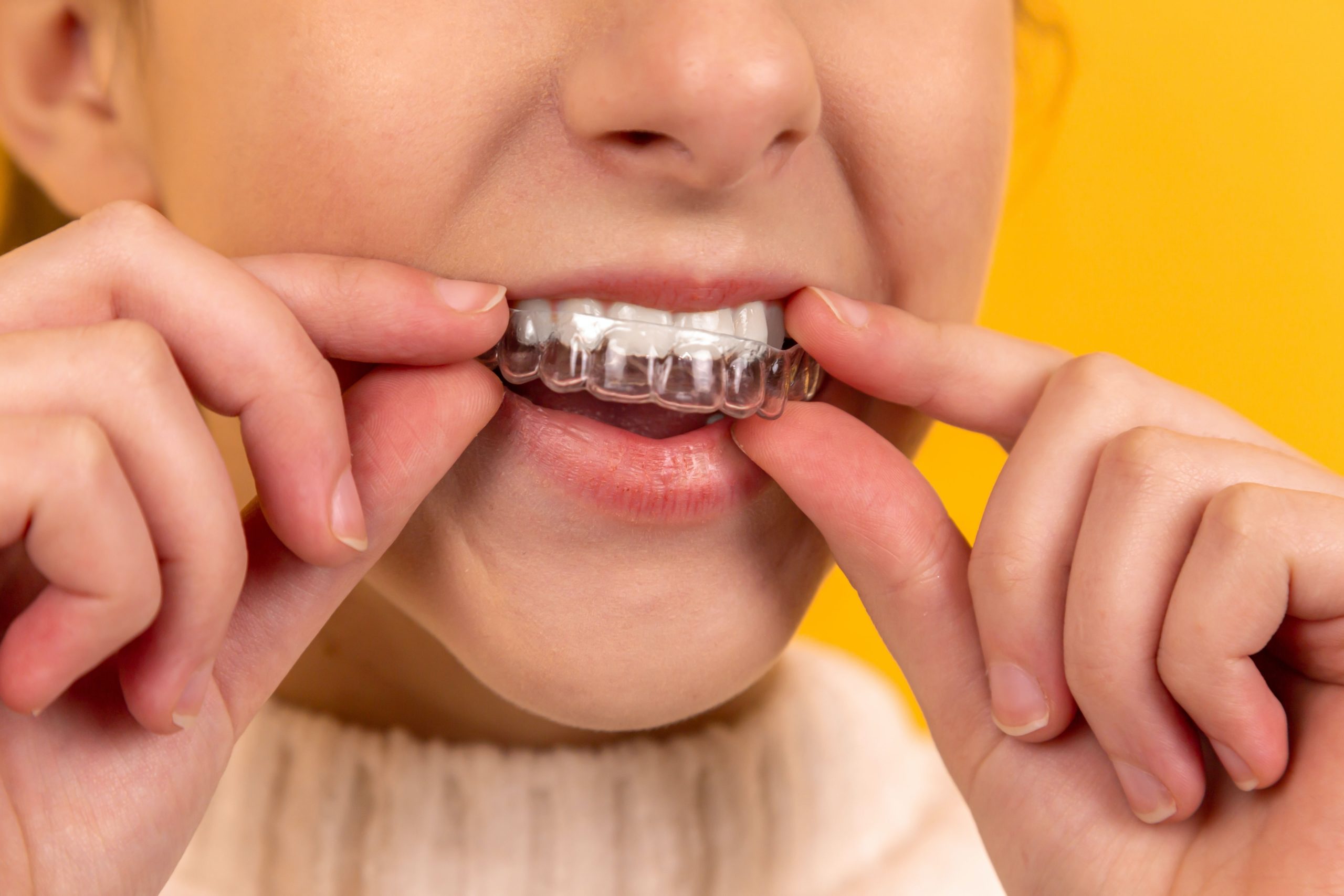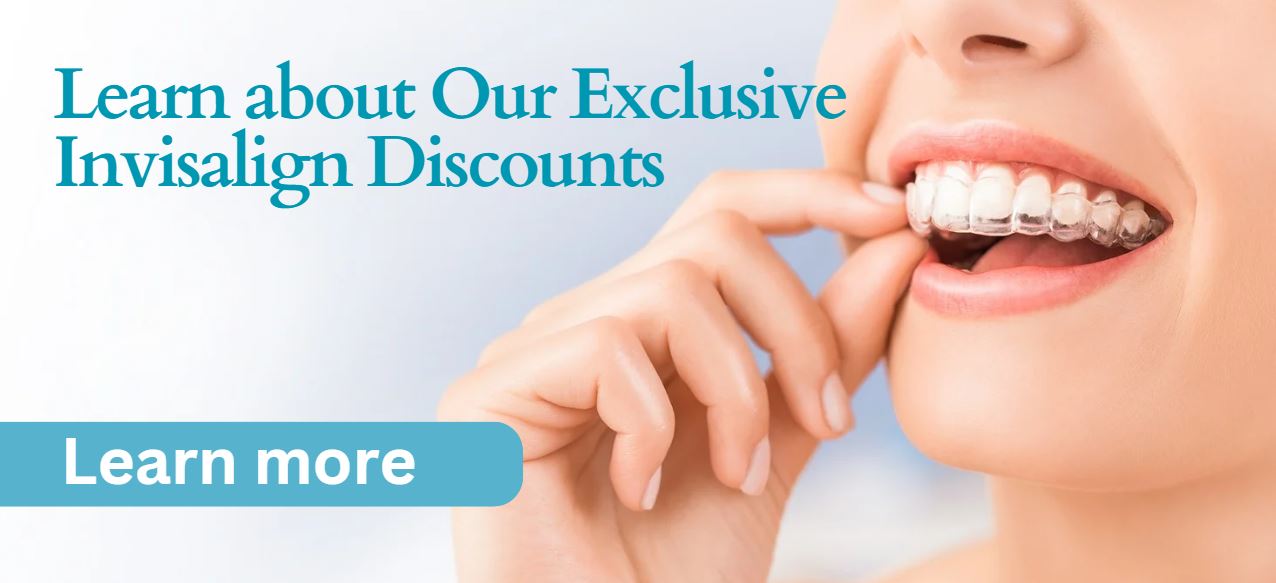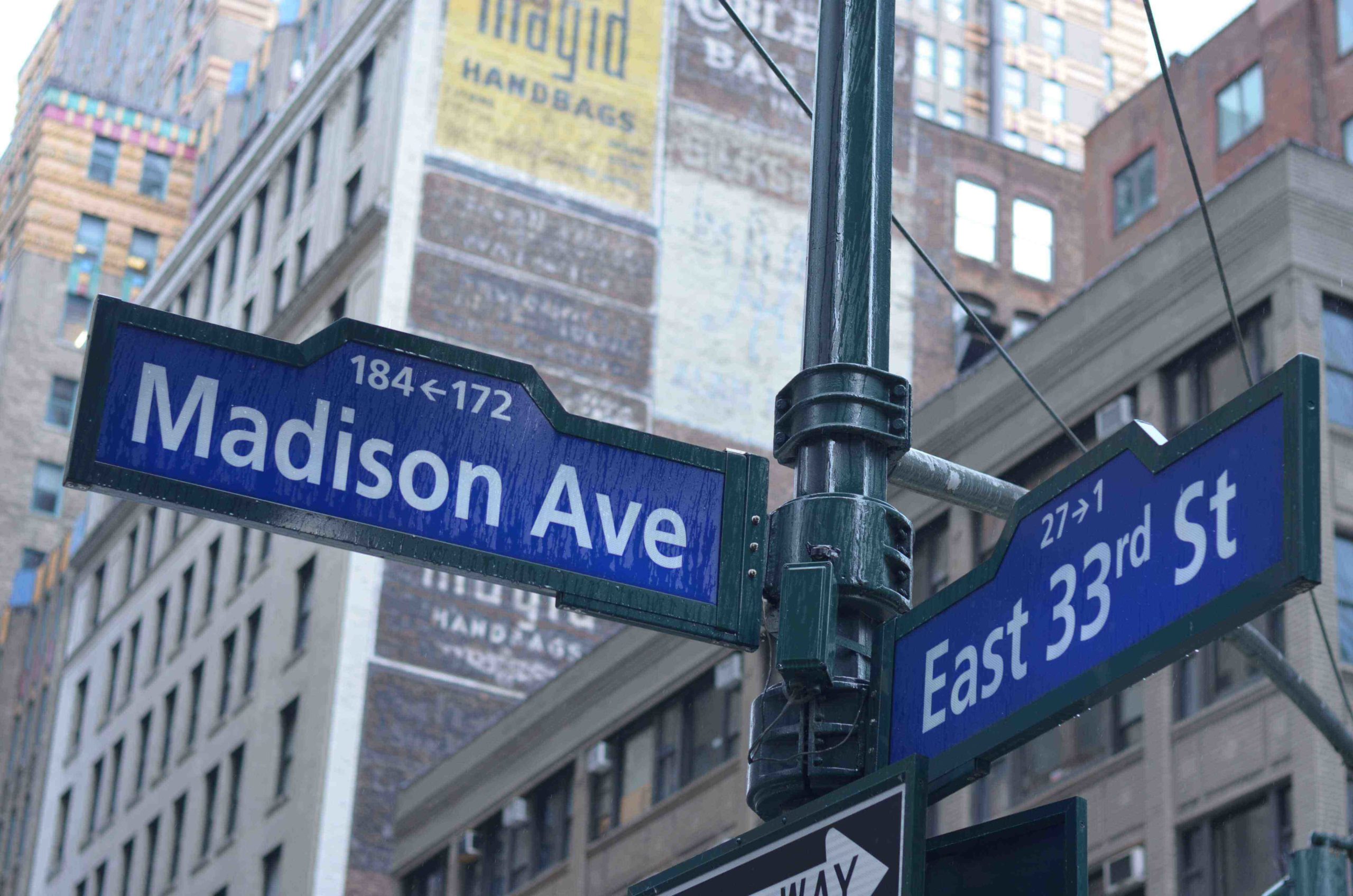
It’s the morning, time to brush our teeth. Looking back at us in the mirror is a smile that is not in balance. Teeth are turned and crooked and there are spaces where there should not be any.
It’s time — time to correct the problem not only from an aesthetic viewpoint, but from a medical one as well. A beautiful, harmonious smile is a ticket to a more successful and healthy life.
How do we go about this? Should we have the traditional metal braces or the newer technique of clear aligners?
Pros and Cons of Braces vs Invisalign Clear Aligners
According to the American Association of Orthodontists, 50%-75% of the United States population would benefit from orthodontic therapy. When teeth are aligned properly, food is deflected away and does not get trapped. Bone levels are maintained, thus thwarting periodontal disease. The occlusion between our upper and lower jaws falls into place, helping us not to end up with temporomandibular joint problems.
Deciding on clear aligners or metal braces is really a matter of personal preference. Clear aligners can now treat most of the orthodontic problems that are presented to us. In extremely complicated cases, although rarely, metal braces may be preferred. Let’s take a closer look.
Clear Aligners vs Braces: Appearance & Mechanism
Braces are made of metal or porcelain and are attached to your teeth. Metal wires and rubber bands are then used to provide a force to help the teeth move into the proper position.
Aligners are made of clear, transparent medical grade plastic. They are custom-made to fit your teeth. Each aligner moves your teeth, step by step towards the final position. Small dots (tiny bumps) of composite resin, or tooth-colored filling material, may be bonded on the various teeth to help the aligner grip the tooth so that it can be moved more efficiently.

Benefits of Invisalign Clear Aligners
1. Appearance
They are invisible, no one can tell if you are wearing them.
2. Diet
They are removed when eating, so diet restrictions that affect metal braces do not come into play.
3. Hygiene
Since they come out, brushing and flossing are exactly the same as before treatment. Easy, peasy. No need to worry about breaking wires during brushing. No need to tediously clean food out that was trapped around the braces and the wires.
4. Appointments
The aligners are computer-generated. So there are fewer appointments than with traditional braces, every 6 to 10 weeks. And the appointments are measured in minutes, not hours.
5. Comfort
The aligners are thin and extremely smooth. They are very unobtrusive. They do not affect speech at all. They are much more comfortable than the sharp metal braces that can scratch a patient’s cheek and tongue. They are much better for musicians who play wind instruments and for athletes who play contact sports.
6. Time of Treatment
A typical aligner case takes 6-12 months to complete. This is about half the time of metal braces.
Disadvantages of Clear Aligners
1. Compliance
Aligners must be worn 22 hours a day. Since they can be removed by patients, there must be a commitment by the patient to wear the appliance. Since they are removable it is easy to take them off thus shortening time of wear & tempering the progress.
2. Diet
The aligners must be removed for eating and drinking colored liquids, such as coffee or red wine not to stain the clear trays.
3. Complex Cases
In rare cases, they may not be as effective as traditional braces. That is why seeing an experienced and knowledgeable Invisalign Provider is very important. For example, Dr. Sang Ahn has 20 years of experience fixing various bite issue with Invisalign. On a very rare occasion he will advise patients to have traditional braces vs Invisalign aligners.
4. Cost
Depending on the complexity of the case, the cost for clear aligners runs about the same as traditional metal braces.
Benefits of Braces
1. Complex Cases
They can be used to treat all cases regardless of complexity.
2. Variety
The brackets can come in metal and porcelain, which is more discreet. Bands come in multitude of colors which is a fun option for kids & teens.
3. Compliance
Compliance is not a problem as they are fixed in the mouth and do not come out.
Disadvantages of Braces
1. Hygiene
The wires trap food, making them hard to clean potentially leading to an increase in cavities.
2. Diet
There are various restrictions. Patients should not eat sugar because the metal around the teeth makes them susceptible to cavities. Sticky foods can adhere to the metal, making them hard to remove without breaking the wires. Patients should also avoid eating anything hard, as this can easily break the wires as well.
3. Not Suitable for Bruxers
Those with bruxism, or people who grind their teeth while sleeping, should be careful with metal braces. Grinding teeth may cause the wires to break.
4. Appearance
Traditional braces are very noticeable, it is like wearing a bill board advertisement of your orthodontic treatment. Most adults and often even teenagers are seeking more discreet ways to achieve straight teeth. Hence Invisalign is a popular treatment among New Yorkers.
5. Appointments
Appointments are more often and more involved or longer than with clear aligners.
6. Time of Treatment
Treatment time is usually twice that of the clear braces.
7. Comfort
Sharp edges on the metal wires are bothersome in the beginning until patients adjust to the feeling.
Ready to Align Your Teeth?
After weighing the pros and cons of each alignment option, if you think clear aligners are the right choice for you, 172 NYC Dental can help. Our orthodontic treatment is headed by the nationally renowned Invisalign provider, Dr. Benjamin Ahn. He and his team are awaiting you to turn your misaligned teeth into a beautiful, everlasting smile. Call us at 646-921-5541 to make an appointment today.








